Imagine stumbling upon a moment frozen in time: a wild feline, claws unsheathed, eyes locked in fierce determination, captured not in a photograph but in stone. That’s exactly what paleontologists experienced with the discovery of a 12,000-year-old fossilized cat, caught mid-pounce, hunting its prey. This relic of the Ice Age doesn’t just show us bones—it tells a story of survival, raw instinct, and the eternal dance between predator and prey. Let’s journey back to a world where wild cats reigned, and one extraordinary fossil keeps their legend alive.
The Moment Forever Sealed in Stone

The fossil immortalizes a breathtaking moment in time: a prehistoric cat, every muscle taut with intent, caught mid-leap as it lunges toward its prey. This rare snapshot defies the stillness typical of most fossils, which often depict creatures in repose or death. Instead, it preserves the raw intensity and motion of the hunt, a visceral flash of life suspended in stone. It’s a vivid testament to the primal drama that once played out in the ancient wilderness.
Anatomy of a Prehistoric Hunter

As you examine the fossil, you can almost sense the coiled power in the cat’s elongated limbs and broad, muscular shoulders—built for sudden, explosive movement. Its razor-sharp teeth and formidable retractable claws speak volumes about a predator perfectly engineered for stealth, speed, and lethal precision. Every detail hints at a life honed by evolution for chasing down prey, ambushing from the shadows, and dominating its environment. The fossil doesn’t just show a creature; it reveals a master of the ancient hunt, frozen at the height of its prowess.
The Landscape of the Ice Age

Twelve thousand years ago, this formidable cat stalked a world dominated by vast grasslands swept by icy winds and shifting seasons. Towering mammoths, massive bison, and other megafauna roamed the open plains, forming a harsh and competitive landscape. In this unforgiving environment, survival belonged only to the most cunning, resilient, and fearless hunters. This predator was not merely a survivor—it was a ruler of its wild, primeval domain.
The Mystery of Its Prey

What was this ancient feline pursuing in its final, fateful leap? The fossilized remains hint at a small hoofed mammal, perhaps a young deer, caught in the crosshairs of a skilled predator. It’s a powerful reminder that each hunt was a perilous gamble—offering either the sustenance needed to survive or the risk of injury and death. In the wild rhythms of the ancient world, every chase was a test of strength, strategy, and sheer will.
Feline Eyes: Windows to the Past

Though the eyes themselves have long since vanished, the deep, forward-facing sockets etched into the skull reveal the story of a predator built for precision. These large orbits once housed powerful eyes, granting the feline keen vision and razor-sharp depth perception—crucial for tracking prey across open terrain or through the shadows of dusk. Much like today’s lions and leopards, this ancient hunter depended on visual acuity to detect the slightest movement and strike with calculated force. Even in the fading light of twilight, it would have seen clearly where others faltered.
Emotion Etched in Stone

There’s a haunting, almost visceral emotion in witnessing a predator eternally suspended in the heat of pursuit. The fossil seems to pulse with ancient determination and primal hunger—a fierce will to survive etched into bone. It captures a moment of raw instinct, a drive as ancient as life itself, yet instantly familiar in the stalking gaze of modern big cats. Across millennia, the echo of that relentless pursuit still resonates, bridging the prehistoric past with the predators of today.
The Art of Stealth

The cat’s crouched posture speaks volumes—a silent narrative of patience, precision, and deadly intent. Like a shadow drawn taut with tension, it reveals the ancient feline’s mastery of stealth, perfected over countless hunts. Just as their modern descendants do, these predators moved with near-silent grace, merging seamlessly with their surroundings as they closed in on their unsuspecting prey. Every muscle held in check, every breath measured, until the exact instant when stillness erupted into swift, lethal motion.
Adaptations for Survival

With its dense fur and robust, well-insulated paws, this ancient cat was perfectly adapted for survival in a world of relentless cold and rugged terrain. Every aspect of its anatomy reflects the quiet genius of evolution, sculpting a predator built to endure snow-swept plains and bone-chilling winds. Its powerful frame and weather-resistant coat weren’t just advantages—they were necessities in an unforgiving, untamed landscape. In this creature, we see nature’s response to a harsher Earth, fine-tuning life to meet the wild head-on.
Whiskers and Senses

You can almost envision its delicate whiskers quivering with anticipation as it moved silently through the undergrowth, alert to every subtle shift in its environment. These finely tuned sensory hairs, essential for detecting obstacles and sensing nearby prey, were vital tools for navigating the darkness and uncertainty of the wild. Remarkably, they mirror the same adaptations found in today’s cats, forming a living link between ancient predators and their modern kin. In those silent twitches, the continuity of feline survival unfolds—unchanged across thousands of years.
Social or Solitary?

Was this formidable cat a solitary stalker, or did it move in the company of kin? The fossil’s lone discovery suggests a life lived in isolation, a trait shared by modern-day mountain lions and leopards who favor silence and solitude over social bonds. Its habits may have been shaped by the need to avoid competition, relying on stealth and independence to claim its share of the wild. In its stillness, we glimpse the quiet life of a predator more at home in the shadows than among its own kind.
The Roar That Once Shook the Plains
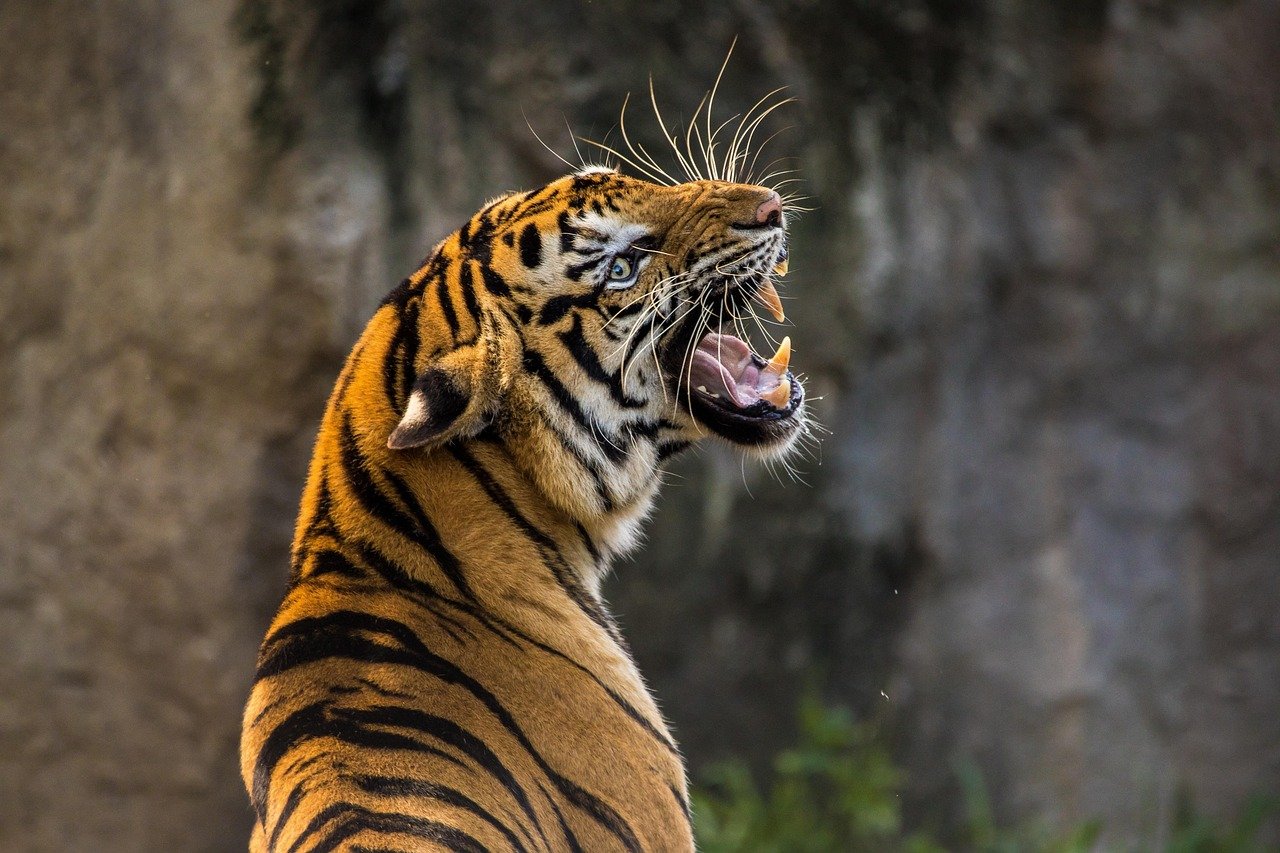
Though its voice is lost to time, the shape of its throat bones hints at the potential for a deep, resonant call that once pierced the ancient silence. One can almost imagine a thunderous roar reverberating across vast prehistoric valleys—a commanding sound that marked territory, summoned mates, or challenged rivals. This powerful vocalization would have been both a tool of survival and a symbol of dominance in a world ruled by strength and sound. In that imagined echo, the ghost of the predator still speaks.
Fur Patterns Lost to Time
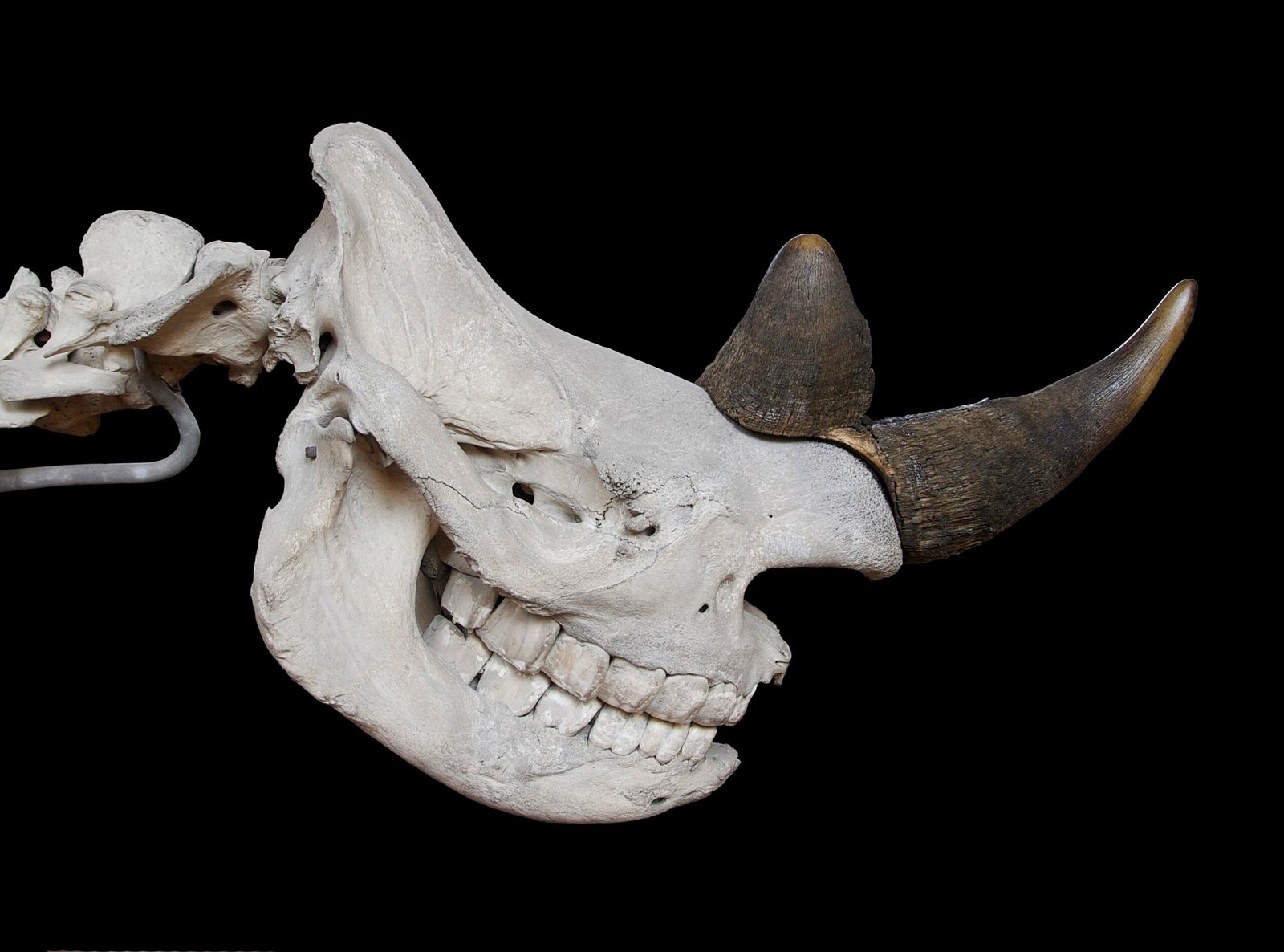
Though its fossilized bones remain silent on the matter of color, scientists believe this ancient cat likely wore nature’s camouflage—perhaps bold stripes, subtle spots, or earthy tawny hues. Such patterns would have been ideal for vanishing into tall grasses or blending with the shifting shadows of dappled forests. These adaptations weren’t just for beauty; they were survival tools, allowing the predator to approach unseen, a ghost among the leaves. In imagining its coat, we glimpse the silent artistry of evolution at work.
Paws Built for the Chase

The structure of the feet reveals a remarkable design: retractable claws sheathed for silence and thick, cushioned pads that muffled each step. This ancient feline moved with calculated precision, every footfall a study in stealth and control. Its anatomy was fine-tuned for the art of ambush—minimizing sound while closing the distance between predator and prey. In each silent stride, it carried the advantage of surprise, a lethal edge honed by evolution.
Ancient Feline Intelligence
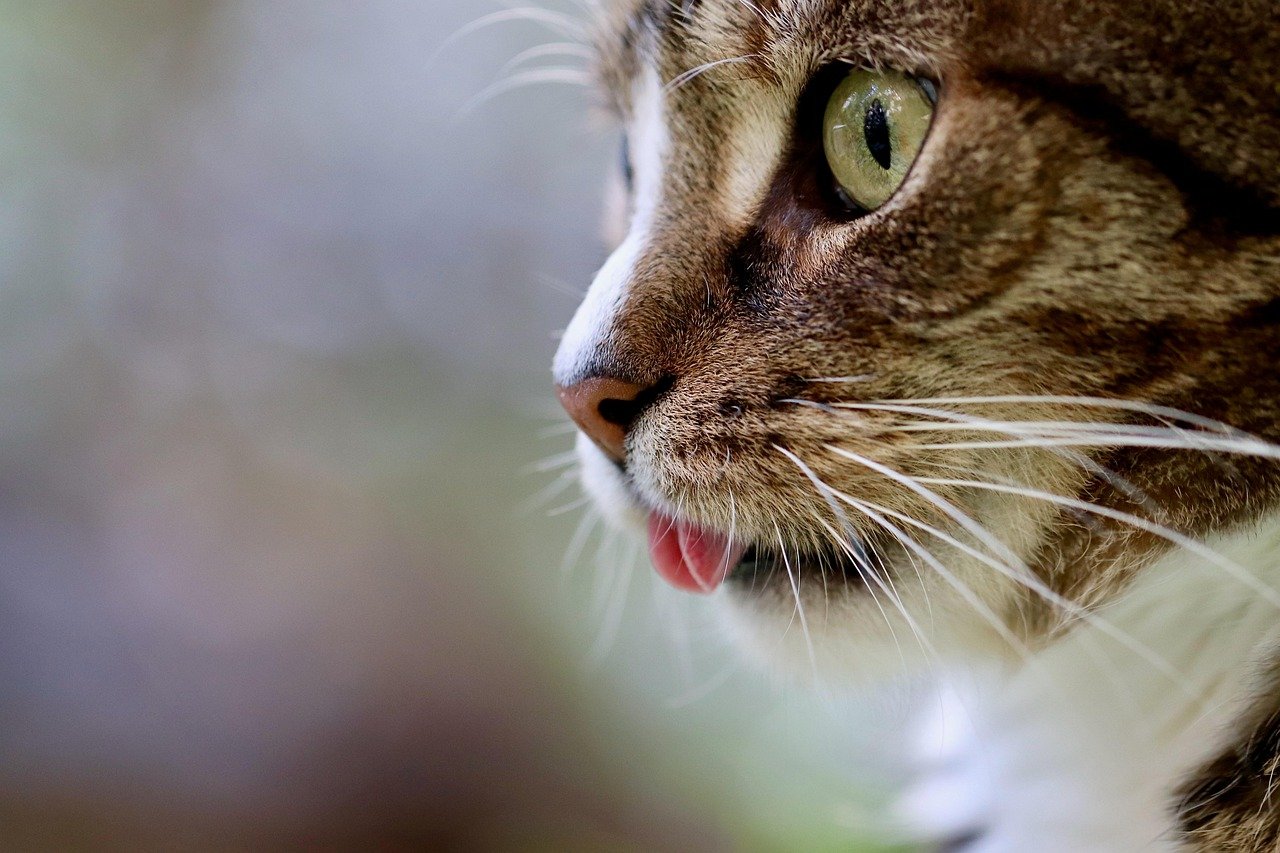
The cat’s broad, well-developed skull hints at a brain larger than one might expect, suggesting a predator equipped not only with strength but with sharp intelligence. This cerebral edge would have granted it the cunning and adaptability needed to survive in the unforgiving Ice Age wilderness. Much like their modern descendants, these ancient hunters relied on strategy—outthinking elusive prey and outmaneuvering powerful rivals in a constant game of survival. Intelligence, as much as instinct, was key to their dominance.
The Prey-Predator Balance

This fossil stands as a powerful reminder of nature’s intricate and delicate balance, where every predator played a vital role in the rhythm of life. Each successful hunt was more than a personal victory—it was essential for maintaining the health of the entire ecosystem, regulating prey populations and preserving the integrity of habitats. The ancient cat wasn’t just a hunter; it was a key player in a vast, interconnected web of life. In its frozen moment, we see both the fragility and the fierce necessity of nature’s design.
Lessons for Modern Conservation
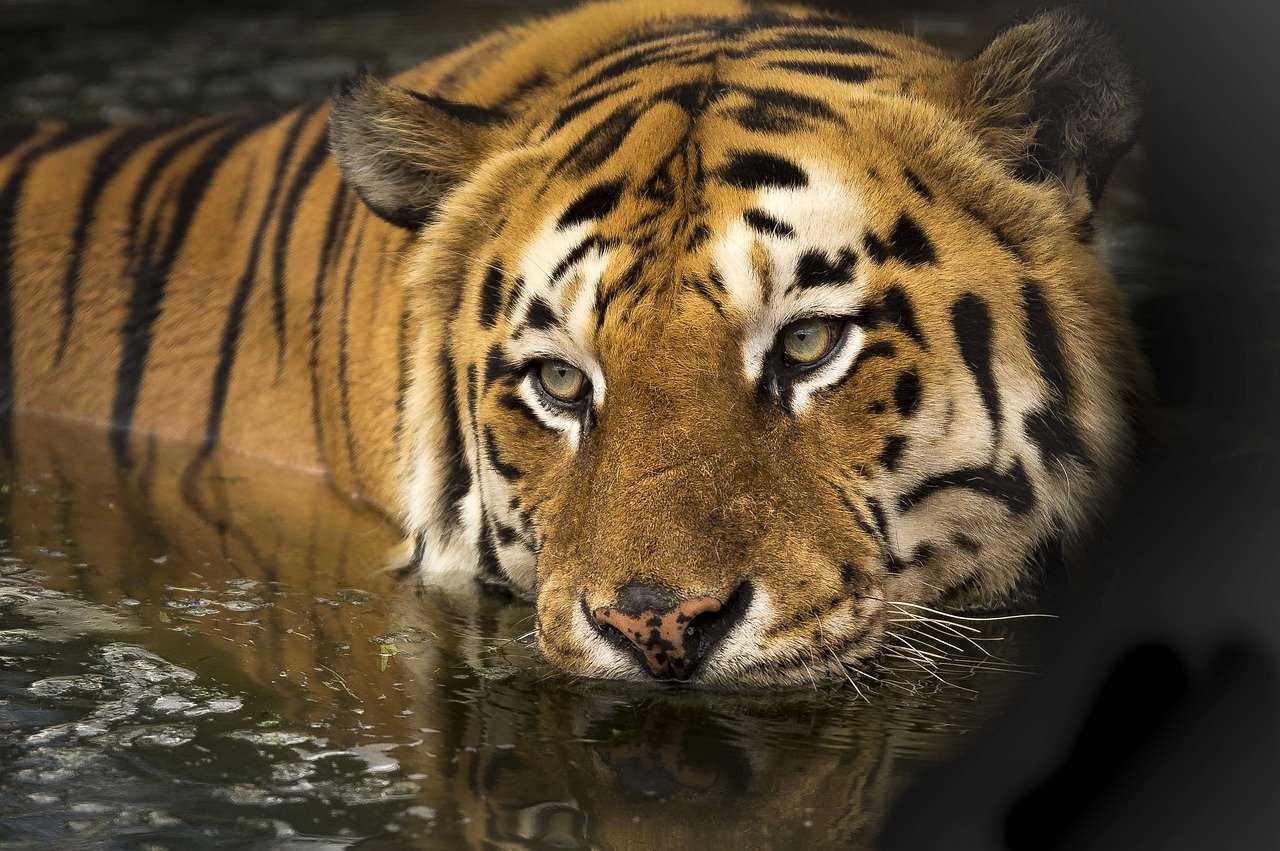
By studying ancient predators, scientists uncover vital clues about how ecosystems evolved and how species adapted—or vanished—in response to shifting environments. These insights help us understand what modern wild cats need to thrive amid today’s rapidly changing world. Protecting them now isn’t just about preserving majestic creatures; it’s about safeguarding the balance of nature itself. Without action, future generations may know these animals only through fossilized bones and faded memories behind museum glass.
The Power of Instinct
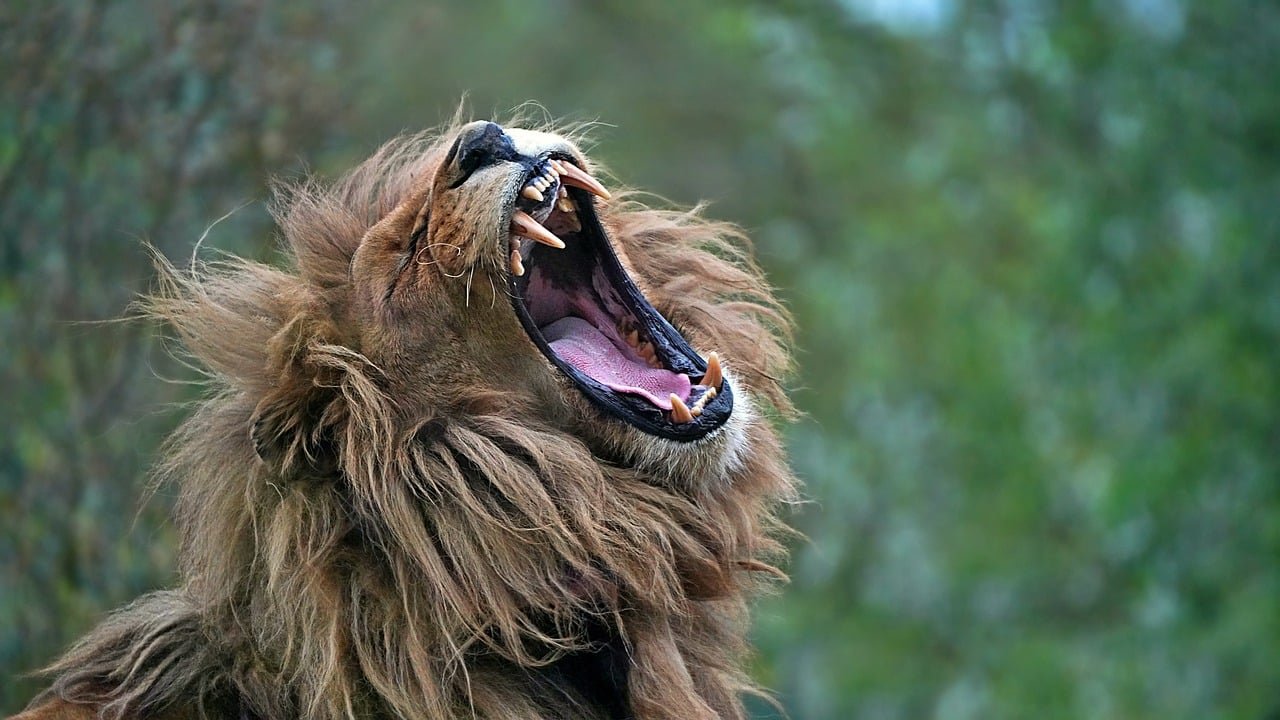
Even after 12,000 years, the fossil pulses with the raw, undying instinct of the hunt—a testament to the fierce will to survive etched into its very bones. That primal drive, to stalk, pounce, and risk everything for a single meal, connects this ancient predator to the smallest housecat batting at a toy in a sunlit room. Across millennia, the essence of the feline remains unchanged: agile, alert, and irresistibly drawn to the chase. In every playful leap today, echoes the wild heart of a long-extinct hunter.
Climate Change and Extinction

The end of the Ice Age ushered in sweeping changes—rising temperatures, vanishing landscapes, and the slow disappearance of the massive prey that once roamed the plains. For many apex predators, these shifts proved catastrophic, driving them to extinction as their worlds collapsed around them. Once dominant hunters were silenced, their legacies buried beneath layers of earth and time. Now, their stories survive only in stone—ancient echoes of power, resilience, and a vanished wilderness.
The Human Connection
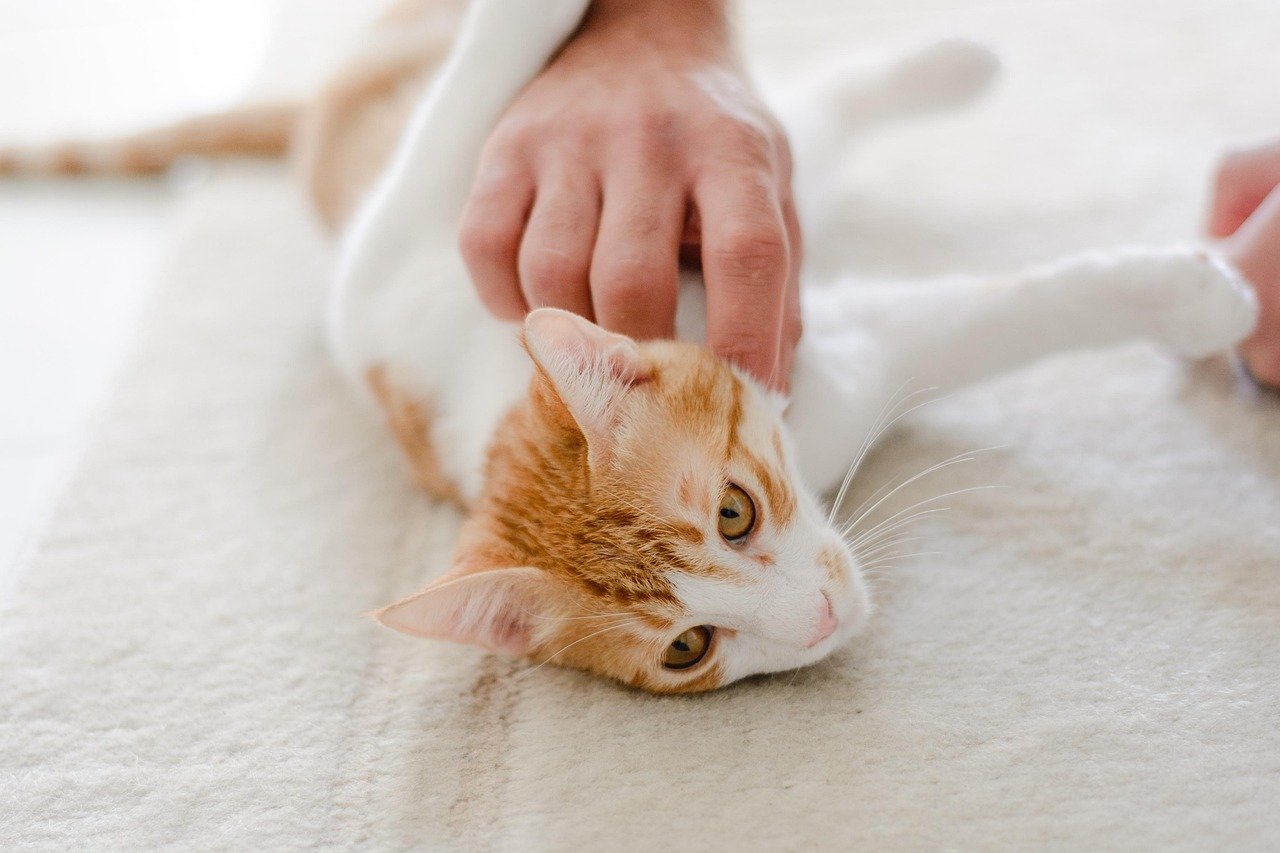
Early humans likely observed these powerful cats from a cautious distance, torn between awe and fear as they witnessed their stealth and strength. Such encounters may have left deep impressions, sparking myths, legends, or the earliest cave art—primitive tributes to creatures that ruled the wild with silent authority. The fossilized moment before us may mirror a scene once etched into human memory, passed down through generations. In bone and pigment alike, the legacy of these predators endures, woven into the story of our shared past.
Resilience Across Millennia

Though these ancient hunters vanished long ago, their spirit endures in the quiet grace and fierce independence of every domestic cat today. Hidden within soft paws and playful pounces is the DNA of wild ancestors—survivors shaped by a harsher, untamed world. Their legacy is a testament to the power of resilience and adaptability, traits that have carried the feline lineage across continents, climates, and centuries. In every stretch, stare, and silent stalk, echoes the wild heart of a once-great predator.
The Magic of Discovery
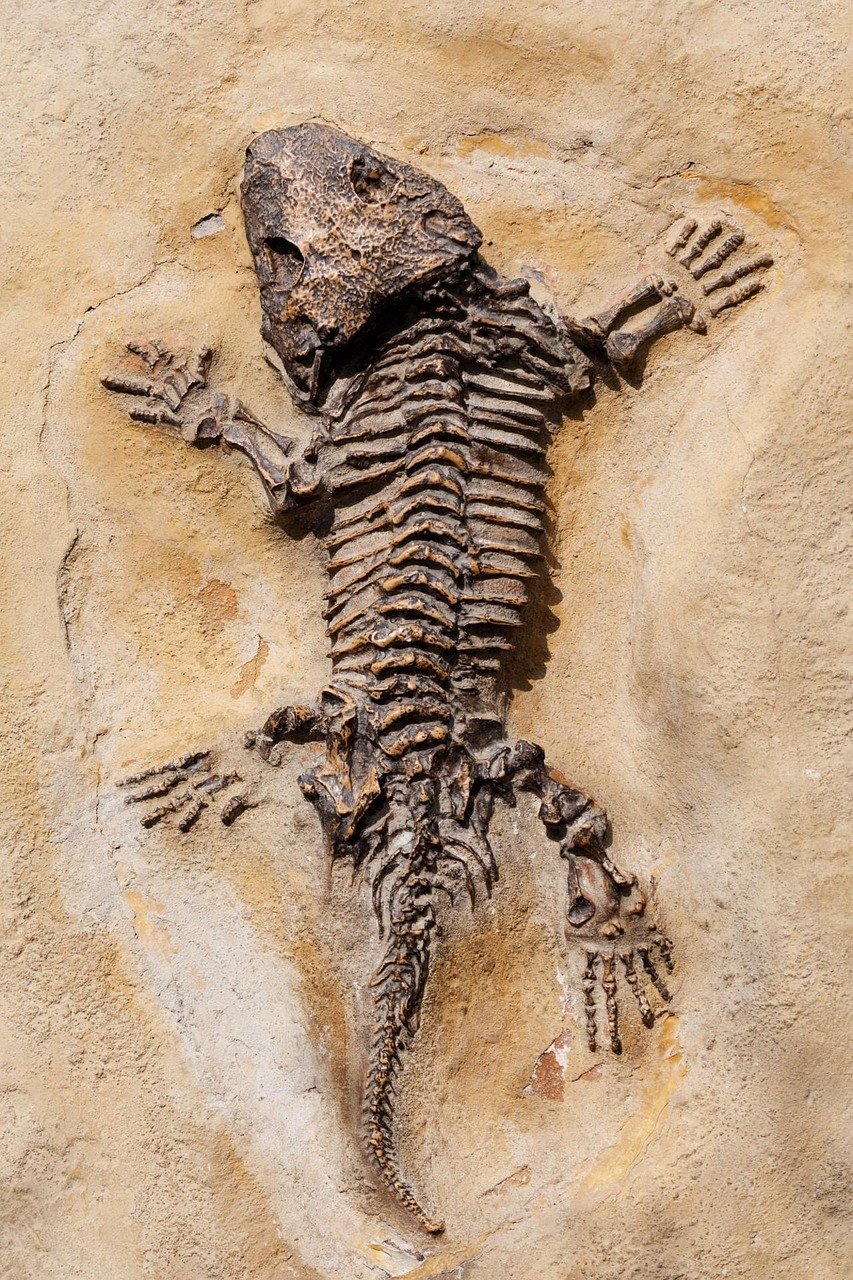
Discovering a fossil like this is far more than a scientific milestone—it’s a rare glimpse into a vanished world, preserved in stone and silence. It invites us to imagine a time when primal dramas unfolded beneath open skies, long before the rise of cities or the written word. Each fossilized bone is a fragment of a story once lived: of tension, beauty, and survival in the rawest form. In holding it, we momentarily bridge the vast expanse between ancient wilderness and modern wonder.
Echoes in Today’s Felines

The same rippling muscles, keen instincts, and hunting behaviors captured in this fossil still play out today—whether in the silent stalk of a lion across the savanna or a housecat pouncing on a toy. These timeless traits are a living thread, connecting modern felines to their Ice Age ancestors across thousands of years. From living rooms to wild landscapes, every leap, crouch, and chase is a reflection of that enduring legacy. Cats, in all their forms, remain beautifully tethered to their ancient heritage.
Fossils as Time Capsules

Each fossil is a message from the depths of time, preserved and hidden beneath the earth for millennia, waiting to be uncovered. This one, in particular, captures more than just bone—it reveals a rare and vivid moment of action, emotion, and raw life. It’s as if time itself paused, allowing us to witness a fleeting heartbeat from a world long gone. Though the creature is still, its story continues to speak, echoing through the ages with silent power.
Celebrating Feline Wonder

This rare fossilized hunt is far more than mere bones encased in stone—it’s a vivid tribute to the timeless allure of feline grace, strength, and mystery. It captures a fleeting moment of wild intensity, frozen forever, yet pulsing with life across the ages. For thousands of years, cats have fascinated us—symbols of both elegance and ferocity—and this fossil reminds us why. Their power endures not just in nature, but in our imagination, where it will continue to inspire for generations to come.
The Enduring Legacy

This fossil stands as silent yet powerful testimony that every cat—ancient or modern—is a chapter in a much greater story. It’s a tale of courage in the face of danger, of relentless survival in ever-changing worlds, and of breathtaking moments frozen in time. From Ice Age hunters to housecats curled in windowsills, the feline legacy spans millennia, unbroken and awe-inspiring. In this single relic, we glimpse the echoes of that enduring saga—wild, resilient, and timeless.

Suhail Ahmed is a passionate digital professional and nature enthusiast with over 8 years of experience in content strategy, SEO, web development, and digital operations. Alongside his freelance journey, Suhail actively contributes to nature and wildlife platforms like Feline Fam, where he channels his curiosity for the Feline into engaging, educational storytelling.
With a strong background in managing digital ecosystems — from ecommerce stores and WordPress websites to social media and automation — Suhail merges technical precision with creative insight. His content reflects a rare balance: SEO-friendly yet deeply human, data-informed yet emotionally resonant.
Driven by a love for discovery and storytelling, Suhail believes in using digital platforms to amplify causes that matter — especially those protecting Earth’s biodiversity and inspiring sustainable living. Whether he’s managing online projects or crafting wildlife content, his goal remains the same: to inform, inspire, and leave a positive digital footprint.






